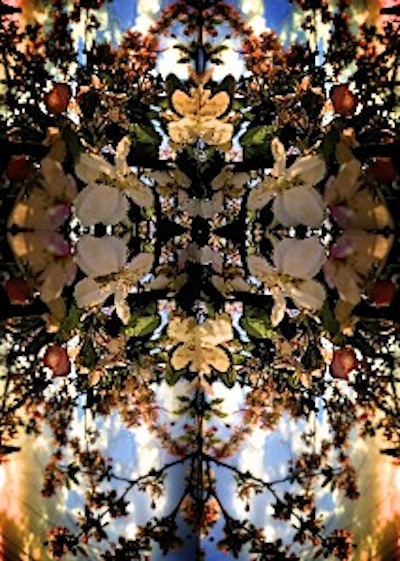| Re: How do you define "ancient, antique and vintage" as applied to bead collecting? | |||||
| Re: How do you define "ancient, antique and vintage" as applied to bead collecting? -- Frederick II | Post Reply | Edit | Forum | Where am I? | |
03/26/2018, 13:53:21
In many western countries "antique" now does tend to mean "100 years old". When I was younger - say in the 1960s - that concept sometimes was used for e.g. custom duties, but culturally the British, for example, found it unacceptable for e.g. furniture, and were inclined to accept c. 1830 as a reasonable date, arguing that after that the decline into industrialism and a degree of bougeois vulgarity displayed in Victorian taste was so inimical to civilisation that the word "antique" was too positive a term to use for such a phase in history. And I recall that even in the Netherlands the outlook, though less rigid, tended to be somewhat similar. So even on this matter there is no agreement, really.
For the 100-year definition would now "let in" something made in 1915, which many would - quite legitimately - regard as often quite "modern" in taste, with "modernism" already well and truly having asserted itself: in European painting, the year 1905 is now regarded as an important marker for Picasso and others. So "100 years old" is, indeed, an unsatisfactory definition in such a case.
"Vintage" is also a very loose marker: many use it for things made after about 1950 (as something made in 1950 is often not accepted as "antique"); others mean "something like 40 years old" (i.e. "of some age, but not truly old"), etc.
My more simple point made earlier is that many that are NOT native speakers of English and not really familiar with that language use "ancient" simply as meaning "old". In French, for example, "ancient" simply means "old" (though it can also be used for something that's very old!). In English "ancient" has a totally different meaning from just "old" - however far back one goes with it, it must always mean "very old". In a cultural historical sense it often refers back to classical times, i.e. the cultural period when Greece and Rome flourished in antiquity."
Happy Easter

Modified by Frederick II at Mon, Mar 26, 2018, 13:55:10
All rights reserved by Bead Collector Network and its users